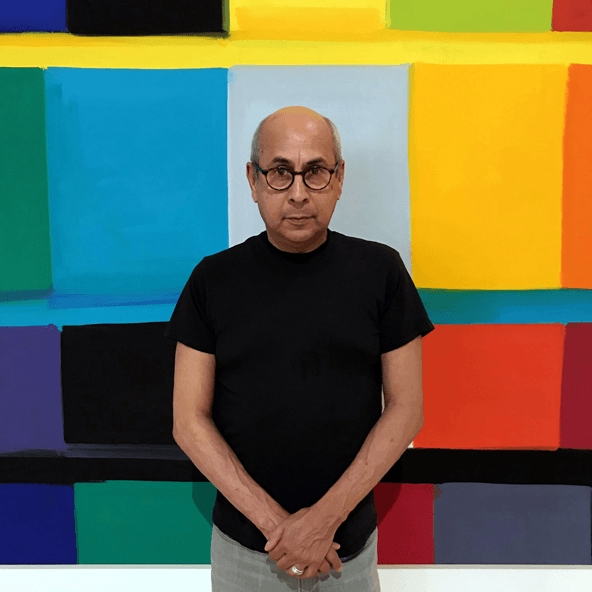We recently connected with Louis Jacinto and have shared our conversation below.
Louis, thanks for joining us, excited to have you contributing your stories and insights. We’d love to hear about the things you feel your parents did right and how those things have impacted your career and life.
My parents exposed us to the rest of the world. Each night over dinner we would watch the CBS Evening News with Walter Cronkite. We would see what was happening in the rest of the country and in other parts of the world. My parents would tell us stories of their own upbringing and what it was like for them as children and young adults during that time in history. The also subscribed to LOOK Magazine which arrived every other week into our home. I would devour the large format periodical with all of the photographs showing world events.

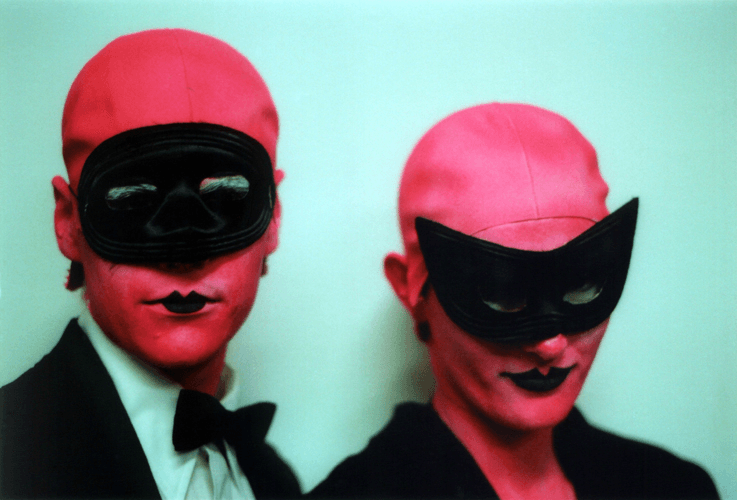
Louis, love having you share your insights with us. Before we ask you more questions, maybe you can take a moment to introduce yourself to our readers who might have missed our earlier conversations?
I’m a fine art photographer – it’s the only definition I can find to fit me since I don’t photograph weddings, I’m not a photojournalist, I don’t shoot studio portraits.
I began photographing in 1975 and when punk music hit in 1977 I started photographing the punk bands in Los Angeles. I didn’t photograph every band, only the bands that I liked. I wasn’t friends with them, so I don’t have any shots of the bands at house parties, just them in performance. My only goal at that time was to create art – actually, it was trying to capture the bands creating their own art.
I stopped photographing bands at the end of 1980 and began to photograph the community organizing that was taking place around me – and that I was also a part of. In 1981 and 1982 I was the official photographer of the Sunset Junction Street Fair, a community wide event in the Echo Park, Silver Lake and Los Feliz neighborhoods of Los Angeles which had the gay/lesbian community working side-by-side with gang involved youth.
I continued photographing other community wide events – the Gay Pride marches, the organizing group Gay and Lesbian Latinos Unidos, El Centro del Pueblo which worked directly with gang involved you, and the local political scene of Los Angeles.
Throughout my career I have always taken self-portraits, after all, as the model I know exactly what the photographer (me) is looking for.
In 2014 I began photographing the mannequins in the high end boutiques in Beverly Hills. Then, digitally I would place my head onto the mannequins. Now, at last, after years of being bombarded with advertisements telling me that if I had this type of body, wore these chic clothes I would be complete. Now, with this ongoing series, I am. Because I’ve taken so many self-portraits through the years, none of the mannequin heads (my own) are the same.
I also began an ongoing series of artist portraits, artists whom I know and whose work I admire. But instead of the standard studio portrait (which I don’t do), I take a snap shot and incorporate the artist’s artwork into the final image.
I love having a wide body of work, and that each set of work is different than the others. Photographing the same thing over and over would bore me to no end!
I think being recognized by someone for my work – and me not seeking that out – has been one of the most surprising things I’ve encountered in my artistic career. When a younger, extremely talented artist that I may introduce myself to say, “Oh no, I know who you are; I follow your work”, or “I want all of the images on display from that series – I want the kids coming up to see that it’s already been done”, what an honor.
When the City of Los Angeles Department of Cultural Affairs named me a Cultural Trailblazer in 2020, I was extremely humbled by the honor.
During the recent COVID-19 pandemic, when we were all home, I started to scan all of my artistic/historical negatives. Once completed I donated them to the photography department of the City of Los Angeles Public Library. I wanted the work to be continue long after I’m gone, and I didn’t want the work to be lost.
Because of this donation a young artist who received the Library’s Creative In Residence award found my work during their research at the library and created and entire exhibition of my adventures in the Los Angeles punk music scene. They said they were surprised to learn that the original punk scene in Los Angeles was so diverse – woman led, queer led, people of color led. I’m glad that people will continue to have access to my work that is part of the history of Los Angeles from the late 20th century.
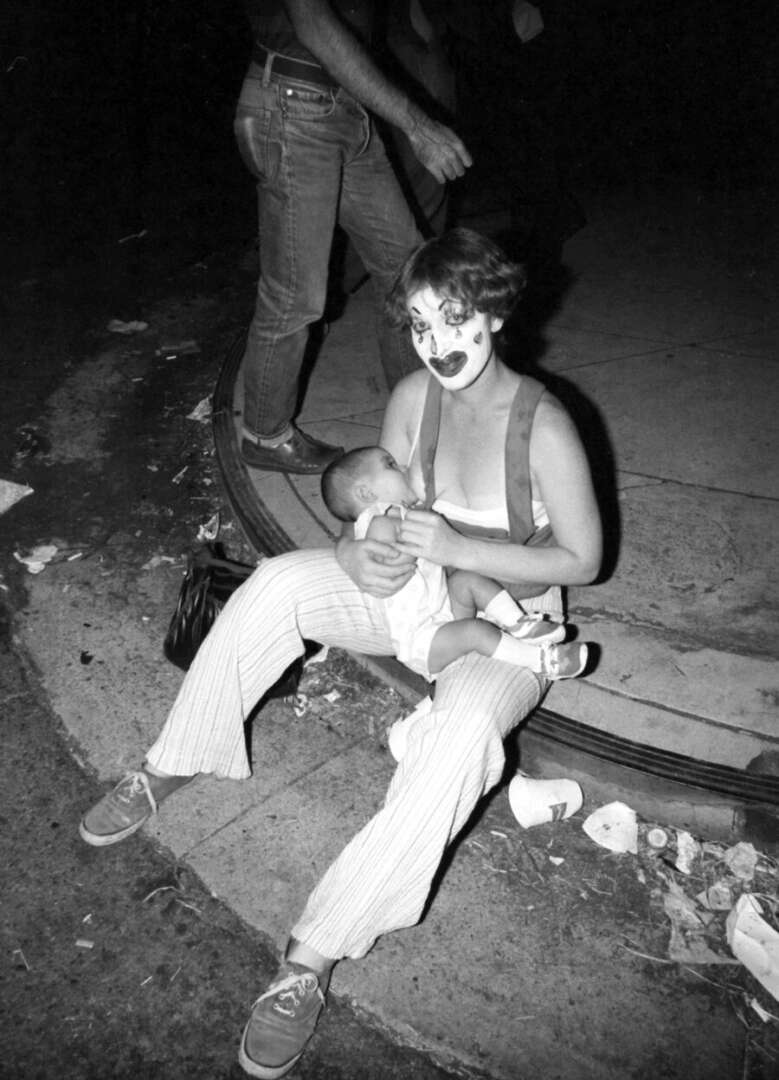
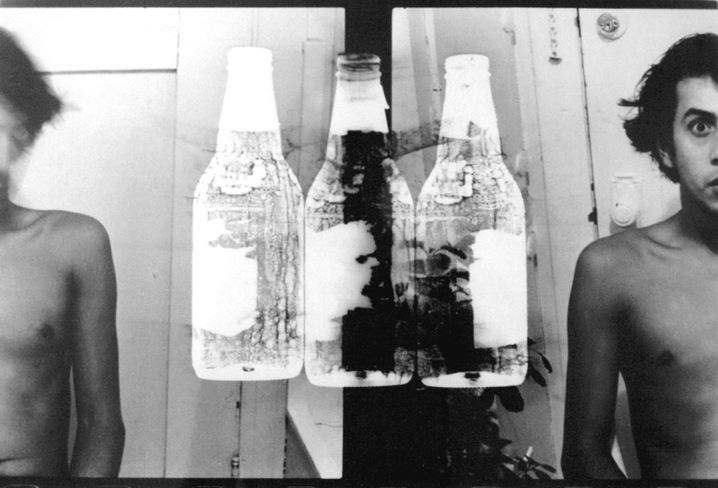
How did you build your audience on social media?
I took a short sabbatical from exhibiting my work starting in the early 1990’s. I continued to photograph during that time but did not make any attempts to exhibit or publish my work. The sabbatical ended up taking longer than I expected. When I did return the Internet had been invented, so suddenly it was easy to reach out to my art friends and reconnect.
At the time the major social media platform was MySpace and each profile would list the person’s email address. So I started collecting those email addresses.
Today I continue to add individuals (artists, curators, gallery owners, museum staff) to my email list and I send out email blasts when I have new work or am in another exhibition. And, if someone unsubscribes from my list, I respect that. If I were to let that upset or hurt me, then I have no business sending out emails.
Also, I use all social media platforms. I know currently it may not be “cool” to, for example, keep a presence on Facebook. I do. I don’t want to cut out any audience that may be interested in my work. And if a social media platform is filling you with negative posts, just unfriend, block, etc. I do. My social media feeds are filled with art!

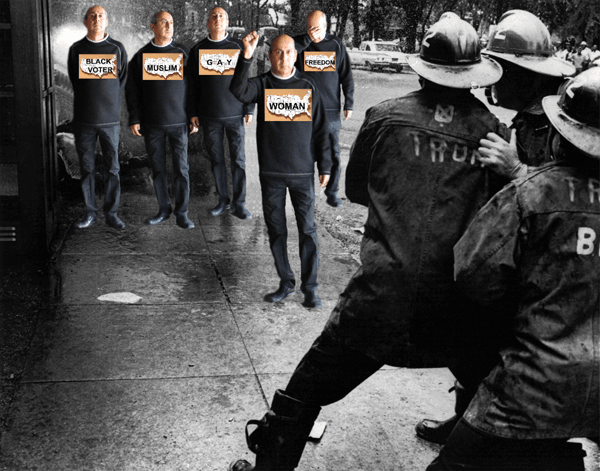
We’d love to hear a story of resilience from your journey.
Up0n my return to exhibiting I quickly learned to stop fearing the dreaded word “No”. I told myself that if I didn’t want to hear “No”, then I needed to stop asking.
I had become friends with a gallery owner here in Los Angeles and she would tell me about exhibition or grant opportunities, but never offered to exhibit my work, and I never asked her. After all, she never told me what to shoot, so how could I tell her what to exhibit?
But when we would see each other she would often ask me to tell her again about the original punk music scene in Los Angeles.
One day, several years in, she said, “Let’s have an exhibit of your punk photographs at the gallery, but only the bands that had Latino kids in them.”
The exhibition was a great success and the catalog from that show is currently in the archives of the Metropolitan Museum of Art in New York.
Contact Info:
- Website: https://www.onodream.com
- Instagram: https://www.instagram.com/onodream/
- Facebook: https://www.facebook.com/onodream
- Linkedin: https://www.linkedin.com/in/louis-jacinto-3249bb9/
- Twitter: https://x.com/JacintoArt
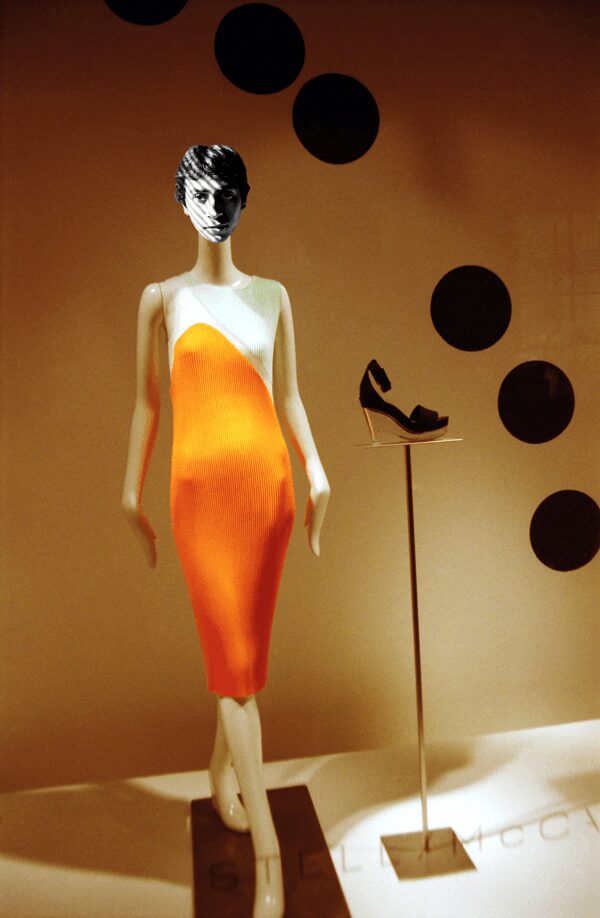
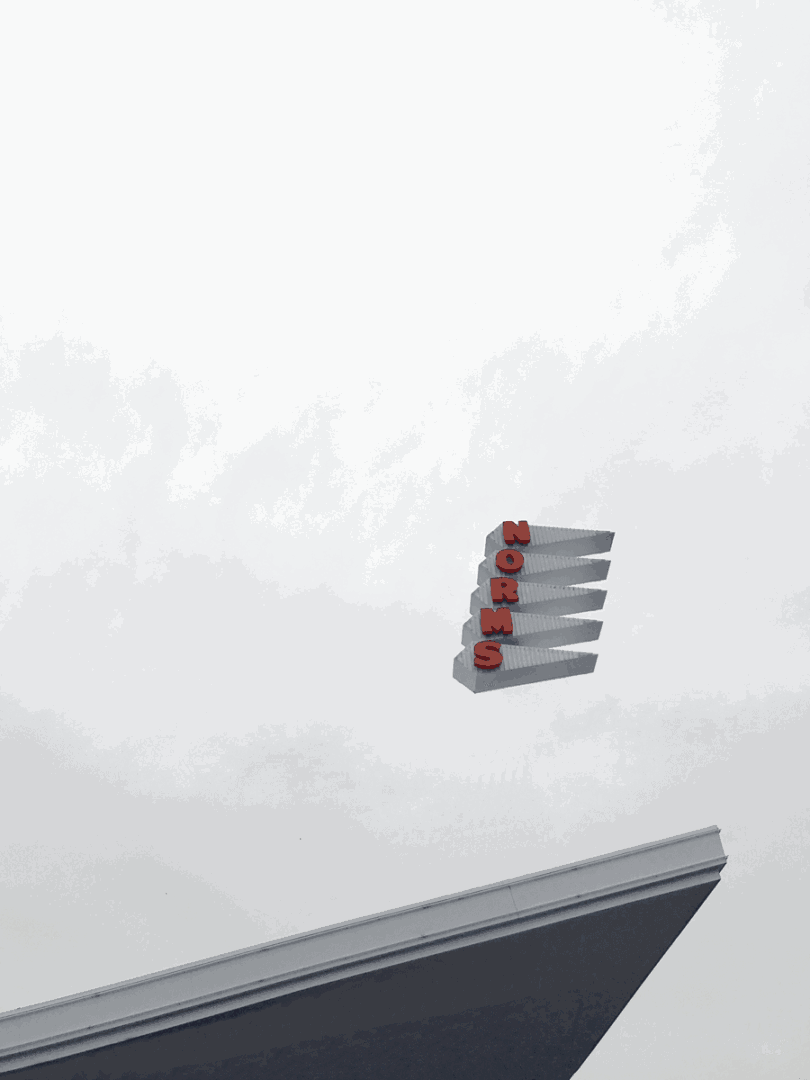
Image Credits
Louis Jacinto


